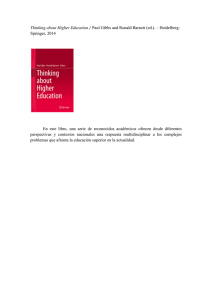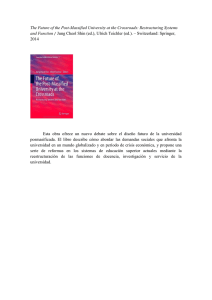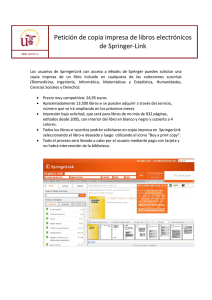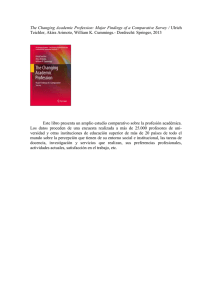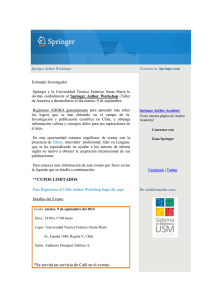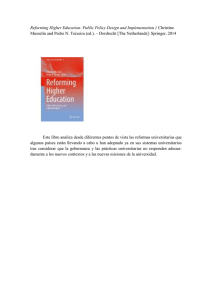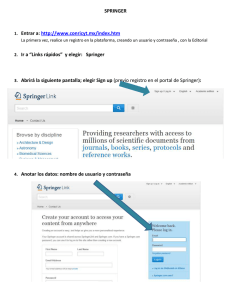Their Newspapers, 1968
Anuncio
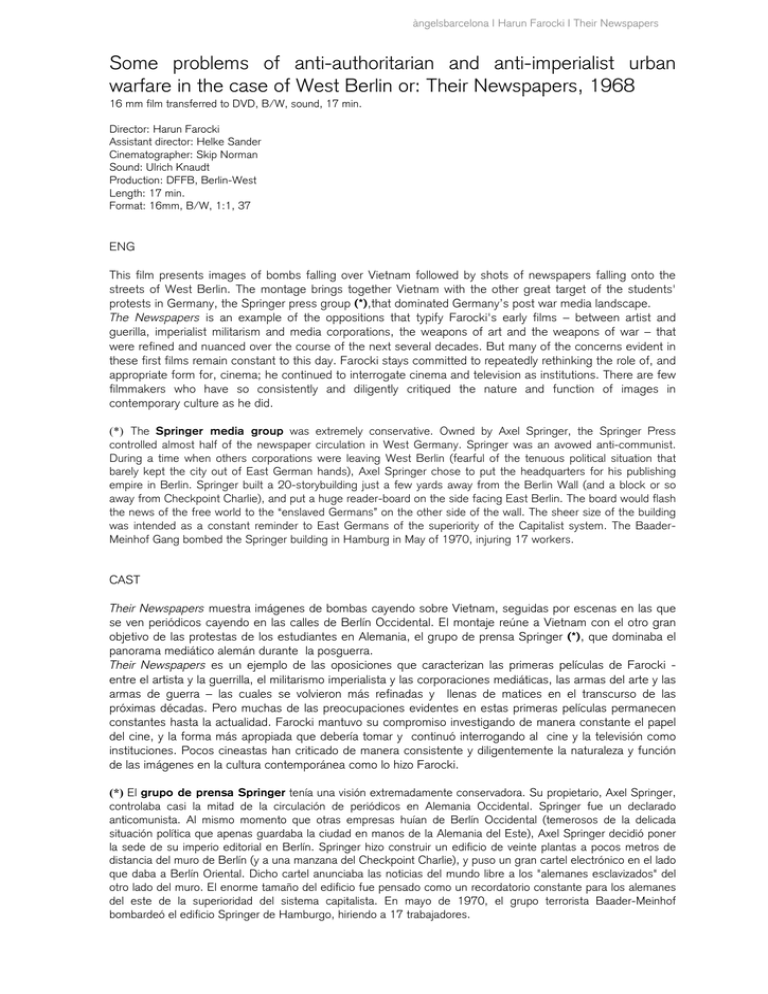
àngelsbarcelona I Harun Farocki I Their Newspapers Some problems of anti-authoritarian and anti-imperialist urban warfare in the case of West Berlin or: Their Newspapers, 1968 16 mm film transferred to DVD, B/W, sound, 17 min. Director: Harun Farocki Assistant director: Helke Sander Cinematographer: Skip Norman Sound: Ulrich Knaudt Production: DFFB, Berlin-West Length: 17 min. Format: 16mm, B/W, 1:1, 37 ENG This film presents images of bombs falling over Vietnam followed by shots of newspapers falling onto the streets of West Berlin. The montage brings together Vietnam with the other great target of the students' protests in Germany, the Springer press group (*),that dominated Germany’s post war media landscape. The Newspapers is an example of the oppositions that typify Farocki's early films – between artist and guerilla, imperialist militarism and media corporations, the weapons of art and the weapons of war – that were refined and nuanced over the course of the next several decades. But many of the concerns evident in these first films remain constant to this day. Farocki stays committed to repeatedly rethinking the role of, and appropriate form for, cinema; he continued to interrogate cinema and television as institutions. There are few filmmakers who have so consistently and diligently critiqued the nature and function of images in contemporary culture as he did. (*) The Springer media group was extremely conservative. Owned by Axel Springer, the Springer Press controlled almost half of the newspaper circulation in West Germany. Springer was an avowed anti-communist. During a time when others corporations were leaving West Berlin (fearful of the tenuous political situation that barely kept the city out of East German hands), Axel Springer chose to put the headquarters for his publishing empire in Berlin. Springer built a 20-storybuilding just a few yards away from the Berlin Wall (and a block or so away from Checkpoint Charlie), and put a huge reader-board on the side facing East Berlin. The board would flash the news of the free world to the “enslaved Germans” on the other side of the wall. The sheer size of the building was intended as a constant reminder to East Germans of the superiority of the Capitalist system. The BaaderMeinhof Gang bombed the Springer building in Hamburg in May of 1970, injuring 17 workers. CAST Their Newspapers muestra imágenes de bombas cayendo sobre Vietnam, seguidas por escenas en las que se ven periódicos cayendo en las calles de Berlín Occidental. El montaje reúne a Vietnam con el otro gran objetivo de las protestas de los estudiantes en Alemania, el grupo de prensa Springer (*), que dominaba el panorama mediático alemán durante la posguerra. Their Newspapers es un ejemplo de las oposiciones que caracterizan las primeras películas de Farocki entre el artista y la guerrilla, el militarismo imperialista y las corporaciones mediáticas, las armas del arte y las armas de guerra – las cuales se volvieron más refinadas y llenas de matices en el transcurso de las próximas décadas. Pero muchas de las preocupaciones evidentes en estas primeras películas permanecen constantes hasta la actualidad. Farocki mantuvo su compromiso investigando de manera constante el papel del cine, y la forma más apropiada que debería tomar y continuó interrogando al cine y la televisión como instituciones. Pocos cineastas han criticado de manera consistente y diligentemente la naturaleza y función de las imágenes en la cultura contemporánea como lo hizo Farocki. (*) El grupo de prensa Springer tenía una visión extremadamente conservadora. Su propietario, Axel Springer, controlaba casi la mitad de la circulación de periódicos en Alemania Occidental. Springer fue un declarado anticomunista. Al mismo momento que otras empresas huían de Berlín Occidental (temerosos de la delicada situación política que apenas guardaba la ciudad en manos de la Alemania del Este), Axel Springer decidió poner la sede de su imperio editorial en Berlín. Springer hizo construir un edificio de veinte plantas a pocos metros de distancia del muro de Berlín (y a una manzana del Checkpoint Charlie), y puso un gran cartel electrónico en el lado que daba a Berlín Oriental. Dicho cartel anunciaba las noticias del mundo libre a los "alemanes esclavizados" del otro lado del muro. El enorme tamaño del edificio fue pensado como un recordatorio constante para los alemanes del este de la superioridad del sistema capitalista. En mayo de 1970, el grupo terrorista Baader-Meinhof bombardeó el edificio Springer de Hamburgo, hiriendo a 17 trabajadores. àngelsbarcelona I Harun Farocki I Their Newspapers Stills of Their Newspapers, 1968

